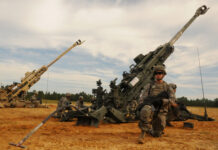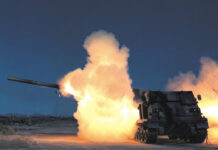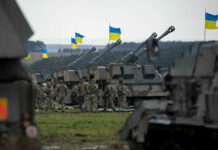UAVs are helping define the tactical battle on the ground in Ukraine. The country needs low-power jamming technology to use against these threats which can be sourced domestically.
Every war has its signature weapons. The First World War famously had the tank and aircraft, the Second World War U-Boats and the atomic bomb. America’s ten-year involvement in the Vietnam War made the helicopter famous against a soundtrack of some of the finest music the world had ever heard. The 1982 Falklands conflict made the anti-ship missile infamous. Nine years later, the Persian Gulf War witnessed Scud missiles and precision-guided weapons enter the popular lexicon.
The Ukraine War is barely a year-old and already Unmanned Aerial Vehicles (UAVs) are gaining similar visibility. Both Russia and Ukraine are enthusiastic UAV users, exploiting the capabilities of these platforms to the full to gather Intelligence, Surveillance and Reconnaissance (ISR) information. Widespread UAV use by the Russian armed forces also points towards the Electronic Warfare (EW) systems Ukraine’s supporters must supply if they are to help the country defeat Russia.
Russia’s land forces, which include the army along with her airborne forces and naval infantry, employ UAVs for a host of missions including ISR gathering. UAVs also support EW, carrying jammers and Communications Intelligence (COMINT) payloads. The Russian Army uses UAVs to help artillery fire control. Ukrainian sources have told the author their employment to help Russian gunners has proven especially devastating.
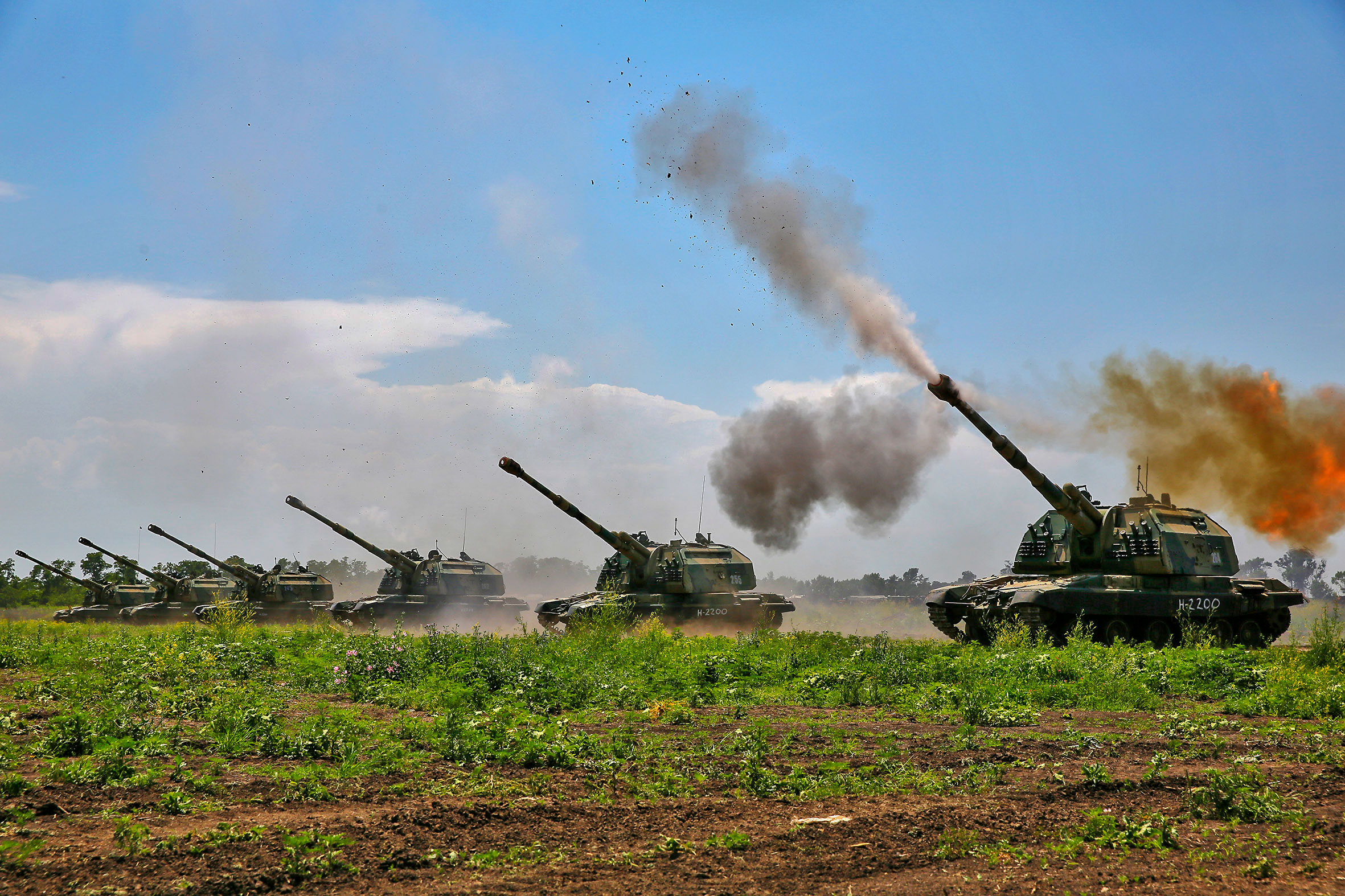
Credit: Russian MoD
As Russian military experts Dr. Lester W. Grau and Charles K. Bartles note in their seminal 2016 work The Russian Way of War, that Russian Army artillery performs an array of missions. Known as the Missile and Artillery Troops, they are tasked with delivering conventional and tactical nuclear ordnance. The army uses Self-Propelled Howitzers (SPHs) and towed guns with calibres of 122 mm and 152 mm. These achieve ranges of between 3 km (1.9 miles) and 33 km (20.5 miles). Rockets engage targets beyond these ranges at circa 40 km (24.9 miles) and beyond.
The army’s principle manoeuvre units in the form of its tank/motorised rifle brigades/divisions usually have four organic artillery battalions. A Multiple-Launch Rocket System (MLRS) battalion will be joined by two SPH battalions and an anti-tank artillery battalion. The latter typically engage enemy armour at ranges of up to 10 km (6.2 miles). The brigades and divisions will also have an organic mortar battery. This engages targets at up to 13 km (8.1 mile) range. Russian Army Battalion Tactical Groups (BTGs) are typically smaller than the formations discussed above, and they tend to have one self-propelled howitzer battalion.
Doctrinally, as Bartles and Grau write, artillery missions include annihilation, destruction, neutralisation/suppression and harassment. Annihilation inflicts sufficient attrition on one or more targets until it has no combat effectiveness and cannot be reconstituted or repaired to have combat effectiveness. Destruction attrits a target to the extent that it can be repaired or reconstituted but not without significant expense in resources and time. Neutralisation inflicts attrition to the extent where the target temporarily loses combat effectiveness. Finally, harassment exerts psychological pressure on the target, an example would be fires against enemy troops in defensive positions.
Russian Army counter-battery fire is aided by two types of Weapons Locating Radars (WLRs) routinely deployed organically to artillery units. These include the C-band (5.25 – 5.925 GHz) 1L219M Zoopark-1M and Ku-band (13.4 – 14 GHz/15.7 – 17.7 GHz) 1L271 Aistenok. These have respective ranges of 15 km (9.2 miles) and 750 m (2,460 ft).
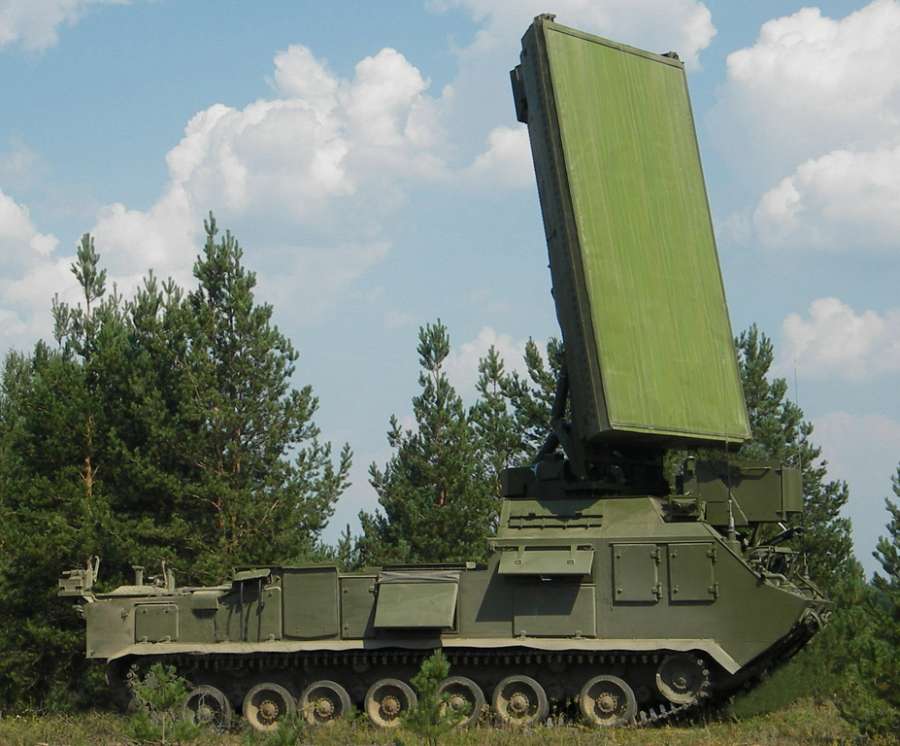
Credit: MMZ
As the war in Ukraine shows, UAVs play an important part in assisting artillery. As Bartles and Grau note “(t)he advent of UAVs heralds a new age of Russian artillery, providing real-time accurate targeting, fire adjustment and post-strike assessment.” They add that, as of 2016, the Russian Army was assigning one UAV company to each manoeuvre brigade/division. Although the company is not attached to the formation’s artillery battalions, it provides fire control support to these units. The advent of UAVs in Russian Army manoeuvre units helps improve fire precision while reducing ordnance expenditure. UAV video feeds let gunners rapidly adjust their fire based on the battle damage they have, or have not, inflicted.
UAV Types
The Russian Army uses a wide array of different UAVs, but the authors state that the Orlan-10 and Granat-1 are most frequently used to support army artillery. The Orlan-10 provides surveillance at up to 110 km (59 NM). It has a 16-hour endurance and a service ceiling of 5,000 m (16,000-feet). Open sources say these UAVs are typically equipped with conventional and thermal optronics. Smaller UAVs like the Granat-1 provide short-range reconnaissance up to 15 km (8.1 NM). These aircraft feed their imagery into the various Kapustnik-B, Kharkov, Mashina-M, Reostate and Spektr artillery fire control systems equipping artillery battalion and battery command centres. Radio networks connect these respective command and control systems.
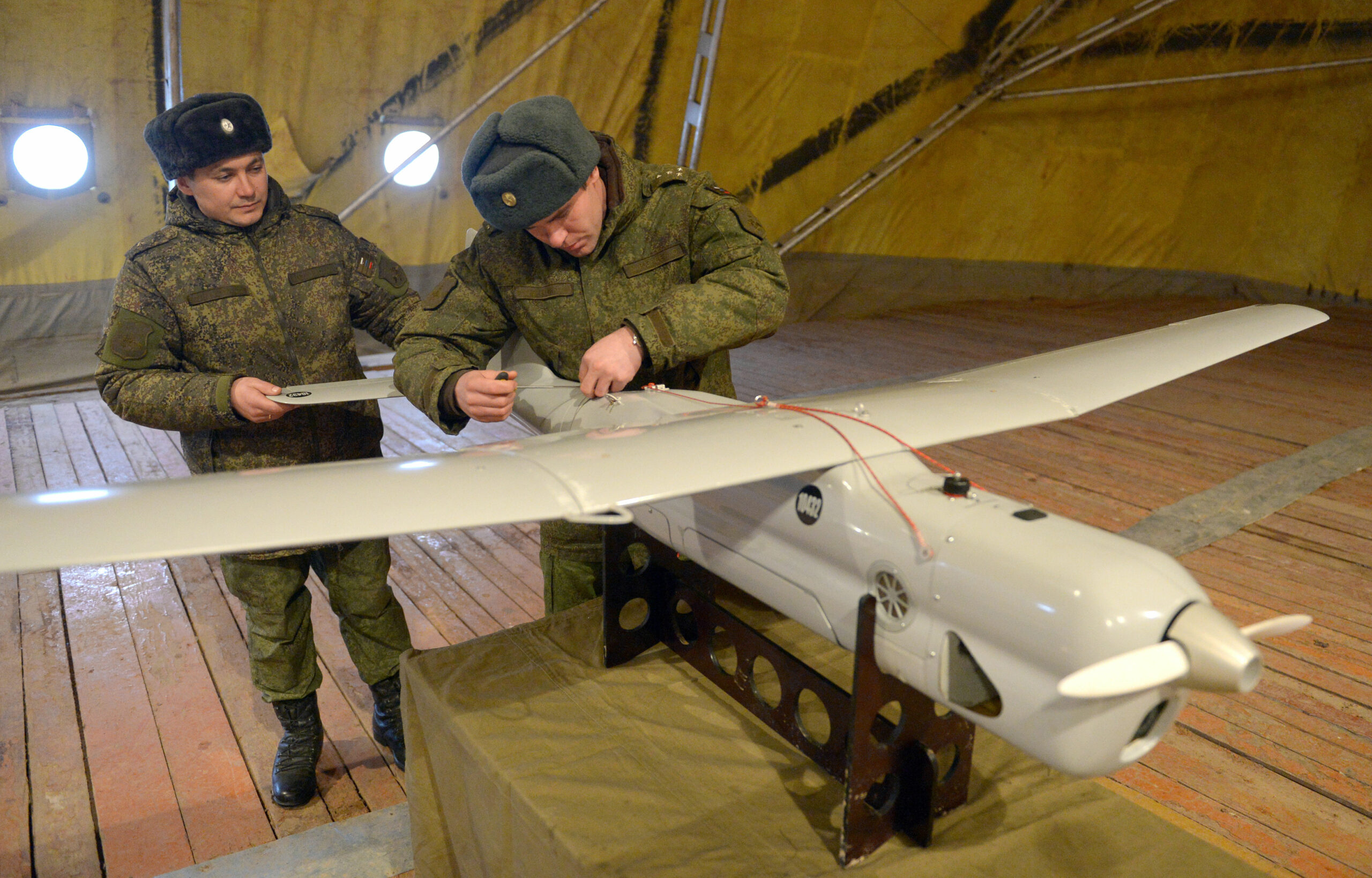
Credit: RIA Novosti
Moreover, open sources have documented the use of civilian drones by the army to aid ISR collection. An article entitled ‘Russian UAVs: What has Gone Wrong?’ written by Dr. Pavel Luzin, an expert on Russian politico-military matters published in November 2022 by the Jamestown Foundation thinktank in Washington DC said the army had received DJI Mavic civilian UAVs donated by Russian civilians. Luzin continued that the Islamic Republic of Iran has also been an enthusiastic supplier. The extent to which these latter aircraft are assisting Russian Army artillery is unknown, although it is likely they do.
UAV operators are thought to be collocated with artillery battalion Fire Direction Centres (FDCs) and subordinate battery Command Observation Posts (COPs). Orlan-10s may provide imagery to the FDCs on account of their range. Smaller aircraft like the Granat-1 will share their imagery with the COPs. The Granat-1 may help fire control for shorter-range units like the anti-tank battalions and mortar batteries. Meanwhile, the Orlan-10 may provide similar support to MLRS, towed artillery and SPH battalions.
Russian gunners use terrain features around a target to determine its position as precisely as possible. Bartles and Grau argue that precision is less of a concern for annihilation or destruction missions. They continue that the fidelity of Russian Army digital maps make it possible to fix the target’s position with impressive accuracy solely using this approach.
Furthermore, gunners maybe able to derive the target’s position accurately using the UAV’s own Position, Navigation and Timing (PNT) data. The aircraft will determine its position using a Global Navigation Satellite System (GNSS) signal receiver, and this may be supplemented by an Inertial Navigation System (INS). Gunners could determine the target’s latitude and longitude in relation to the aircraft’s position. If the aircraft directly overflies the target, it may be possible to derive precise coordinates. UAVs can also use laser rangefinders to derive precise coordinates. The risk here is that laser warning receivers equipping targets like armoured vehicles may alert the crew that they are being illuminated. Finally, two or more UAVs maybe used to triangulate a target’s position. Unlike the previous method, this approach is entirely passive.
Vulnerabilities
Artillery has pride of place in the Russian Army, with Josef Stalin reportedly referring to it as the ‘God of War’. It is also nicknamed ‘The Last Argument of Kings’ in Russian military folklore. A United Nations estimation of civilian casualty figures published in July 2022 said that most of the civilian casualties recorded thus far in the war had been caused by artillery. From Ukraine’s perspective, it is imperative to destroy, degrade and damage Russian Army artillery to the fullest extent possible. As well using counter-battery fire the Ukrainian Army needs to attack Russian artillery command and control. This can be achieved in part by attacking the UAVs that Russian gunners depend on. It is also vital to jam the radio communications networking the artillery battalions and batteries.
A cursory search on the internet reveals a wide array of Counter-UAV (C-UAV) systems, some of which have already been deployed to Ukraine. Sources in the Ukrainian theatre of operations shared with the author that Ukrainian land forces need backpack C-UAV jamming systems for dismounted troops. Russian artillery engages Ukrainian targets at, or immediately behind, the tactical edge. This is done with mortar and anti-tank fire at ranges of between 3 km and 12.8 km (8 miles). The sources continued that UAVs are routinely used to spot Ukrainian targets in the forward edge of the battle area. Target coordinates are sent back to the artillery COPs and FDCs and the targets engaged. Likewise, UAVs will also provide battle damage imagery. Depriving Russian gunners of situational awareness is imperative, and this can be achieved by jamming the UAVs.
UAVs typically depend on three distinct radio signals: A radio link connects the UAV’s operator on the ground with the aircraft, across which the former sends commands to the latter. This link also lets the aircraft share details of its behaviour with the operator like altitude, speed, bearing, fuel and oil levels, and system health. The author has learned that the UAV to Ground Control Station (GCS) link for the Orlan-10 routinely uses frequencies of 930 MHz. A second radio link allows the UAV to transmit still or video imagery to GCS or to other users who need this information. Civilian UAVs tend to use frequencies of 2.4 GHz and 5.8 GHz for aircraft control and to relay imagery. Other frequencies of 3, 4, and 8 GHz are routinely used for similar transmissions.
Most UAVs will also rely on receiving PNT signals from a GNSS constellation to help navigation. Russian Army UAVs use the country’s GLONASS constellation for this. The constellation transmits signals on a range of frequencies from 1.201 – 1.605 GHz. The UAVs may also have GNSS receivers tuned to US Global Positioning System GNSS frequencies of 1.164 – 1.575 GHz. These receivers may also be tuneable to the PNT signals from the European Galileo and People’s Republic of China’s Beidou constellations. Both these use frequencies of circa 1.1 – 1.6 GHz. Russian forces have not been given access to the encrypted signals provided by Galileo and GPS. These are reserved for military use by US and allied nations, and European nations supporting Galileo. Whether China has granted access to any encrypted Beidou signals remains unknown. Encrypted GNSS is important as it provides some resistance to jamming. Basically, the aircraft’s GNSS receiver will ignore all GNSS-like signals lacking the encryption.
These radio links are three potential vulnerabilities. Disrupting the link between the aircraft and GCS can prevent it being flown properly. Some UAVs have inbuilt mechanisms by which the aircraft automatically lands or returns to its point of origin as a safety feature if it loses the radio link with the operator. Likewise, losing GNSS signals may have a similar effect. Some aircraft may have back-up INSs which help to navigate the aircraft, but which do not depend on GNSS signals. This is the case for the Shahed-136 loitering munitions the Islamic Republic of Iran has supplied to Russia. Although these can use GNSS they have an INS in case this gets jammed or if the signal is unavailable. The third point of vulnerability is the radio link conveying video or still imagery. Jamming this immediately blinds any artillery units using the aircraft for fire control.

Credit: Iranian MoD
“The acute need now is for jamming systems” that can engage these UAVs, the Ukrainian sources added. “If we have enough systems, this can help reduce our losses because the Russians are using UAVs for artillery reconnaissance.” Any jamming systems must be highly portable, ideally carried by an individual dismounted soldier. They need to cover the frequencies used by Russian UAVs for the radio links discussed above and for frequencies which are not in the public domain.
The sources continued that one crucial attribute for these jamming systems is for them to transmit low-powered jamming signals. Some C-UAV jamming systems provide a ‘bubble’ of jamming around a potential target. This is designed to prevent the UAV getting within a set distance of that target. Such an approach is useful for protecting a sport event or a moving convoy of vehicles, however, the author has been told this approach is less effective in Ukraine. Even with a bubble of jamming around a target, a UAV may still stand-off at an unaffected range and gather imagery of the target with its powerful optronics. These jammers transmit comparatively high-power jamming signals, which ensures a uniform level of jamming around the target. The Russian Army has deployed several tactical signals intelligence platforms in the Ukrainian theatre. Systems like the R-330Z Zhitel and RP-377LA tactical communications intelligence and jamming platforms can detect and jam transmissions on frequencies of 3 MHz – 2 GHz. This would be sufficient to detect high-powered jamming signals directed against Russian UAVs. By detecting these signals, the R-330Zh could then geolocate the jammer and its operator.
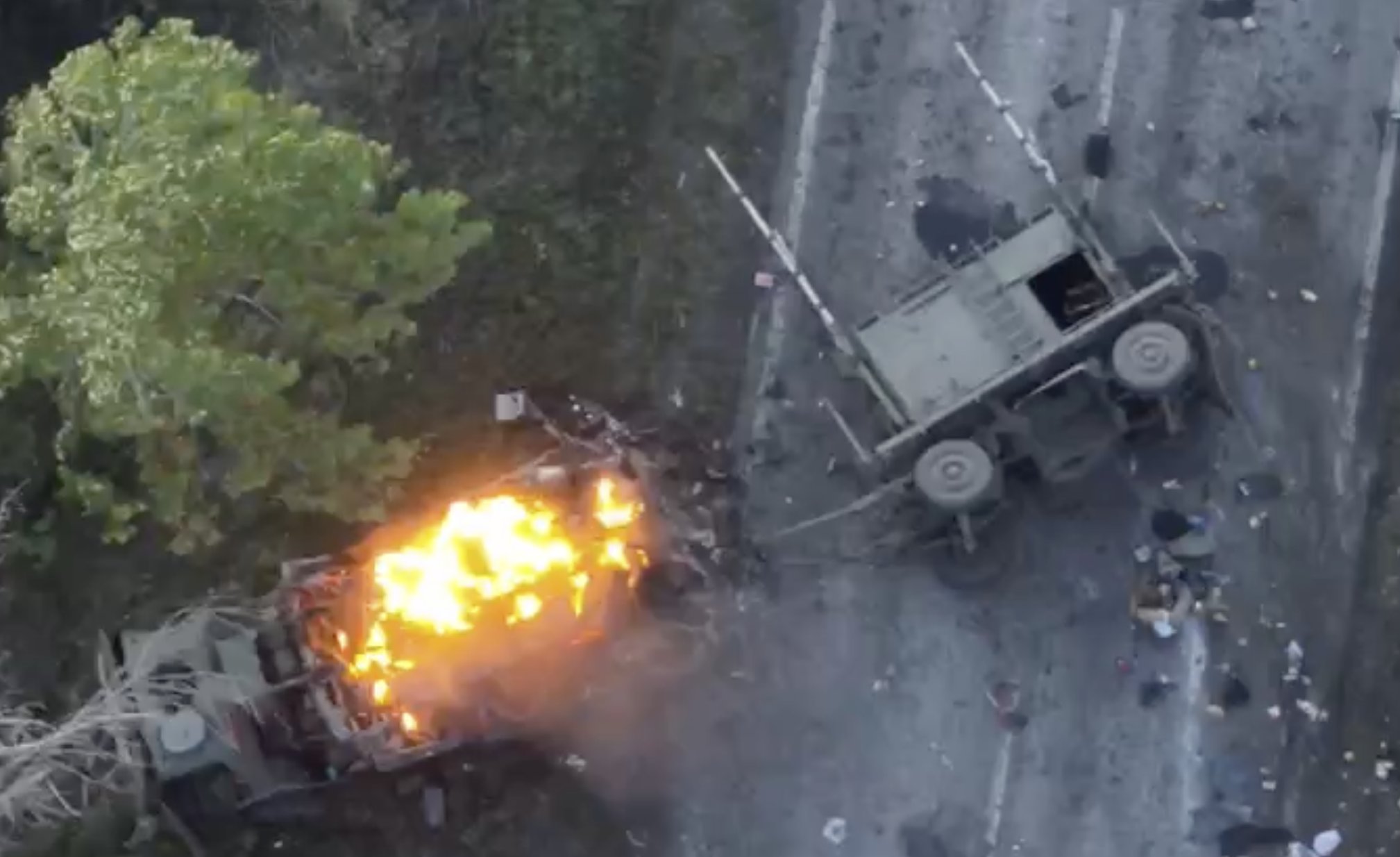
Credit: Ukrainian MoD
Electromagnetic Empowerment
Ukrainian forces at the tactical edge need C-UAV jammers generating low power but highly directional signals. Information on the UAV’s location may be provided by the system if it has an integral Electronic Support Measure (ESM) that can pinpoint the UAV using its radio emissions. Otherwise, this information may be provided by ESMs elsewhere. Knowing the location of the UAV means that a low-power jamming signal can be aimed directly towards it. This avoids having to continually transmit a high-power signal to provide omnidirectional coverage. A low-power signal can be difficult to detect, but still highly effective in jamming the UAV’s radio links. Ultimately, this technology would let Ukrainian troops protect themselves and other targets against Russian UAVs without revealing their location electronically.
The Ukrainian sources said they would like to receive help designing and producing their own jamming systems meeting these specifications. This makes sense, Ukraine has been at war with Russia since the latter’s first invasion in 2014, and the Ukrainian armed forces have more experience of waging electronic warfare against their Russian adversaries than any other force. Hostilities have resulted in an exponential enhancement of Ukraine’s defence electronics industry, and the country’s EW systems are considered world-class.
Nonetheless, Ukraine’s international support is far from assured. In 2024, voters in the United States will choose their president. In March 2023, Ron DeSantis, Florida’s governor and a potential Republican presidential nominee, told the media he did not want to see further US entanglement in the war. Former president Donald Trump articulated a similar isolationist standpoint: “Our objective in Ukraine is to help and secure Europe, but Europe isn’t helping itself … They are relying on the United States to largely do it for them. That is very unfair to us.” Trump is not known for his love of fact and veracity. The US is by far the biggest donor of materiel to the Ukrainian armed forces. However, as of February 2023, the European Union had provided USD 3.8 billion of military assistance, and a further USD 8.5 billion had been provided by European nations bilaterally. These figures were produced by the US Congressional Research Service, a non-partisan research organisation assisting US congressional committees and members of Congress. Nonetheless, some European support has previously looked shaky. The government of Germany’s Chancellor Olaf Scholz dragged its feet in providing much-needed Krauss-Maffei Leopard 2 family main battle tanks to Ukraine. This included Leopard 2s not owned by Germany but in the hands of German allies, for which Berlin’s permission is needed to export to third countries.
It could make more sense for Ukrainian manufacturers to design and build the jammers, but with technical assistance from third parties. This would obviate the need to continually fight some of the domestic political battles for kit, such as those seen in Germany. In the EW domain, Ukraine’s allies could supply know-how and hard-to-source items to help build systems locally. Sources in Ukraine highlighted Gallium Nitride (GaN) solid-state amplifiers as an example. These are indispensable for EW, radar and radio applications. The amplifiers take an electrical signal and turn it into a radio wave which, in the electronic warfare application, would be used to jam a system such as a UAV’s radios. GaN is incredibly robust, handling high levels of electrical power because it can handle very high temperatures. These amplifiers would be essential for the precise, highly directional low-power jammers Ukrainian troops need on the frontline. The problem is that GaN technology is tightly controlled for military purposes from an export perspective. Both the US and the European Union have export controls in place on some GAN components. Would it be possible to loosen these to facilitate Ukraine’s access to such technology? This would have to be balanced against the risk that such technology might end up in Russian hands if captured. Nevertheless, perhaps of balance can be struck if the political will is there?
Local production walks hand-in-hand with helping Ukraine build capacity in her domestic EW sector. Jim Kilgallen, president and chief executive officer of COMINT Consulting, recommends that the North Atlantic Treaty Organisation (NATO) and its members begin to “wean (the country) off the 24/7 signals intelligence collection we are providing.” This is vital for the country’s long-term vision as an eventual NATO member: “We need to help them start doing some of these things on their own,” he says, adding that there is a recognition to this effect in the Ukraine EW sector.
Bureaucratic problems also exist. The US Army began supplying the company’s Krypto500 communications intelligence system to Ukraine in 2016. Kilgallen says the Ukraine military “is trained on it, familiar with it and clamouring for more since the conflict started.” Getting systems into theatre has not been easy. “Bureaucratic sloth and competing priorities have prevented them from gaining the additional licences (for the systems) they need.” In 2022, Ukraine’s Ministry of Defence made a formal request for additional licences to the United States’ European Command (EUCOM). This was done with the support of the US Department of Defence’s executive in charge of materiel acquisitions for Ukraine. As of the time of writing (March 2023) the request is “unfulfilled and still pending at EUCOM,” Kilgallen said. To compound matters, he says that several Baltic countries have offered to send their Krypto500 and Krypto1000 systems to Ukraine and purchase replacements. Plans like these have been frustrated by US ITAR (International Traffic in Arms Regulations) strictures.
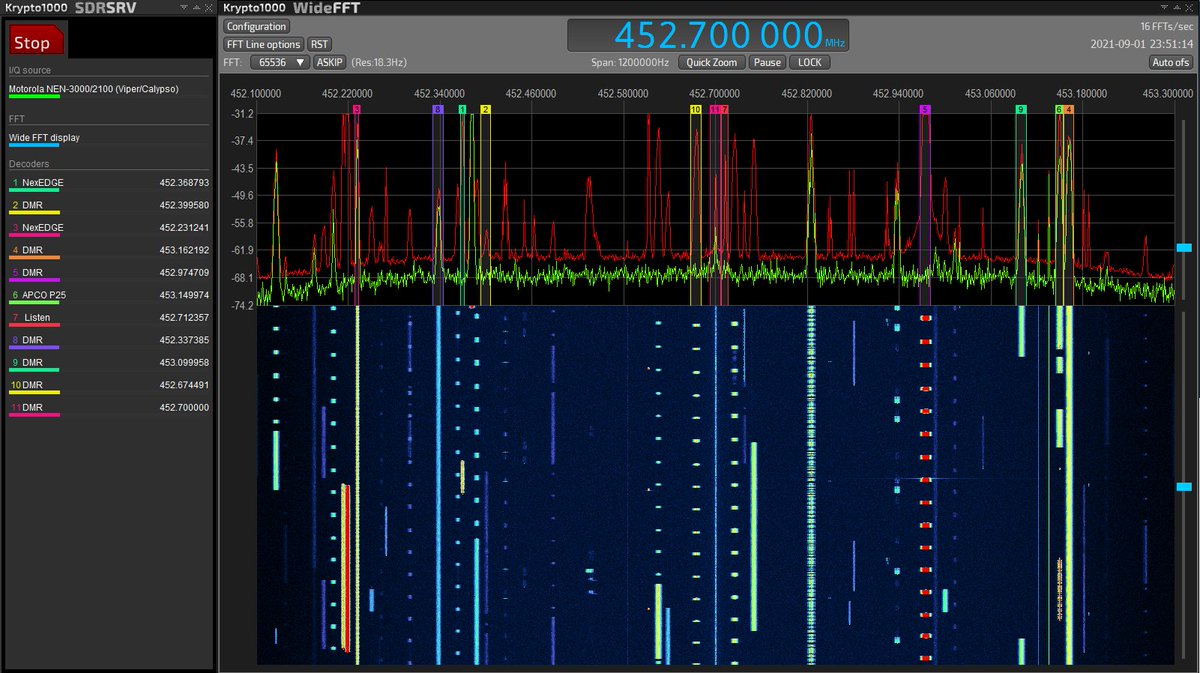
Credit: COMINT Consulting
Ukraine can win the UAV battle and winning that battle will help win the war by blinding Russian artillery, but she needs the tools for the job. While supplies of UAV jamming equipment will be welcomed by the Ukrainian military, it is vital to help empower Ukraine’s already impressive EW industry. This can be done by the provision of the components and know-how the country needs. This provision is dependent on clearing bureaucratic hurdles – a situation where the pen needs to be weaker than the sword.
Thomas Withington



